Blood test can determine the level of sugar (glucose) in your blood. Normally, the levels rise and fall down throughout the day, and the lowest possible level is usually in the morning, right after waking up. Blood sugar is at its highest after meals, but diets and the level of physical activity also affect the level of glucose in the blood.
After fasting or sleeping for 8 hours, blood sugar is about 80 to 120mg/dl. Anything under 70mg/dl is known as low blood sugar or hypoglycemia. Hyperglycemia is present in diabetes. Another name for hyperglycemia is heightened glucose level.
Blood Sugar Levels
Normal level of glucose in the blood varies thought the day. It is important that people get to know when their blood sugar levels are low. In the morning and before other daily meals it is normal to have 80 to 120mg/dl of glucose in the blood. After a meal the level of blood sugar rises about 150 mg/dl (140-160mg/dl) and right before bedtime it decreases to 100 to 140mg/dl.
Diabetes patients experience problems with heightened blood sugar, caused by the lack of insulin, which is known as diabetes type 1 or insulin resistance, which is known as diabetes type 2. Patients experiencing low blood sugar levels are divided into three groups.
Borderline hypoglycemia patients have around 70mg/dl of glucose. Fasting hypoglycemic patients’ blood glucose level is around 50mg/dl, while insulin shock affects people when their blood sugar level drops under 50mg/dl.
Hypoglycemia - Why does It Occur?
A person experiencing hypoglycemia might feel weak, irritated and develop headache, confusion, sweating, tiredness or excessive hunger. It is not uncommon for the body to start to tremble in some situations. Under such circumstances a person should provide the body with some glucose. Drinking fruit juice or eating something sweet is the best way to prevent hypoglycemia. There are a lot of causes of hypoglycemia like starvation, alcoholism, different medications and diseases.
Diets, fasting or missed meals can be a cause of hypoglycemia in both children and adults. Eating proper amounts of food is vital for optimal level of energy and people should not starve themselves. It is also important to know that abuse of alcohol or even consummation of alcohol on an empty stomach may also cause low glucose levels.
Medications, especially high doses of hypertension drugs, Aspirin, quinine or some antidepressants might initiate hypoglycemia. Excessive production of insulin in the body could lead to reactive hypoglycemia, also known as hyper-insulinic hypoglycemia. Serious infections, kidney and liver problems, tumors of the pancreas, some congenital or pituitary disorders and adrenal problems are additionally blamed for low level of glucose in the blood.
Are Women more Prone to Diabetes?
Diabetes is a condition that occurs because of high level of glucose in the blood, and even though both women and men may develop it, it is estimated that more women than men suffer from this metabolic disorder. This is one of the reasons why women should learn as much as they can about both, high and low blood sugar levels. There are not that many people who do not know that there are two main types of diabetes.
Type 1 diabetes is also known under the name of juvenile diabetes, because, it usually occurs in younger population under 30 years old. This type occurs when the pancreas is not able to produce enough insulin, which is responsible for transfer of glucose into the cells. In such case, the glucose accumulates in the blood and triggers diabetes symptoms and signs.
Type 2 diabetes typically occurs in the population above 30 years old and the main cause for its occurrence is obesity or poor eating habits. In case of type 2 diabetes, the pancreas produces enough amounts of insulin, but the body is resistant to it. In most cases, diabetes may be inherited because certain genes are responsible for the occurrence of this disorder. Furthermore, obesity and unhealthy diet as well as ovarian cysts problems or infertility may be associated with diabetes.
- sulfonylureas, usually taken once or twice per day, which increase insulin over several hours,
- meglitinides, taken before meals to promote a short-term increase in insulin.
- Not eating or drinking enough carbohydrates (carbs). When you eat foods or drink beverages that contain carbohydrates, your digestive system breaks down the sugars and starches into glucose. Glucose then enters your bloodstream and raises your blood glucose level. If you don’t eat enough carbohydrates or skip or delay any meals, your blood glucose level could drop lower than what is healthy for you.
- Fasting. Continuing to take medicines that lower your glucose level while fasting for a medical procedure or for other purposes can also increase the risk for low blood glucose.
- Increasing physical activity. Increasing your physical activity level beyond your usual routine can lower your blood glucose level for up to 24 hours after the activity. Learn more about diabetes, eating, and physical activity.
- Drinking too much alcohol without enough food. Alcohol makes it harder for your body to keep your blood glucose level steady, especially if you haven’t eaten in a while. Alcohol can also keep you from feeling the first symptoms of low blood glucose, which can lead to severe symptoms.
- Being sick. When you’re sick, you may not be able to eat as much or keep food down, which can lower blood glucose.
Symptoms of Diabetes in Women
In the majority of cases, symptoms of diabetes in men and women are the same. However, there are several symptoms that are only characteristic for women. One of the most common symptoms of diabetes in women is loss of weight, which is, by the way, still unexplained. This happens because the woman’s body in this condition is not capable to absorb calories that are provided by the foods.
Many women may also experience constant urge to urinate frequently. This is normal because the body tries to eliminate the excess glucose through urine. In such case, women with diabetes suffer from dehydration, because they also eliminate large amounts of water when urinating. Therefore, constant thirst and urination are two most frequently reported symptoms of diabetes in women.
A woman that has type 2 diabetes may have an excessive urge to eat because the level of insulin is very high in the body. Furthermore, certain infections, such as vaginal yeast infections and urinary tract infections may reoccur in women with diabetes, and the fact is that they usually additionally experience sexual dysfunction, decreased sexual drive or painful sexual intercourse. These are only some of potential symptoms of diabetes in women.


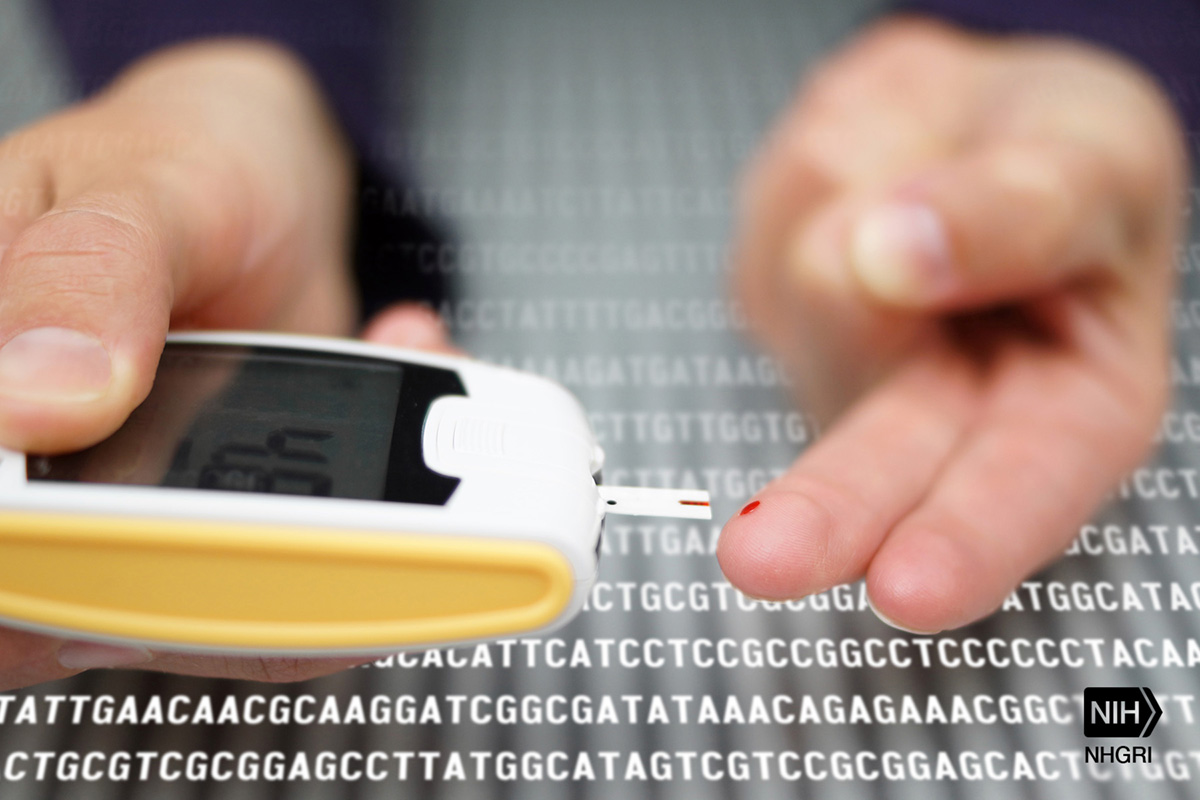
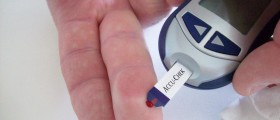
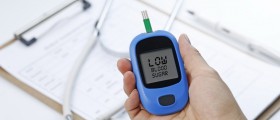
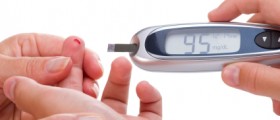
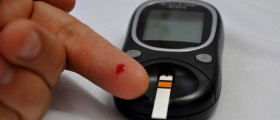
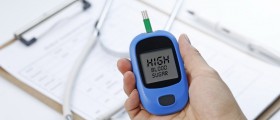
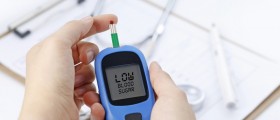


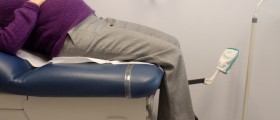
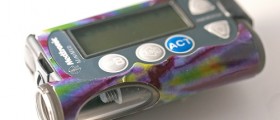

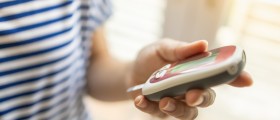



Your thoughts on this
Loading...